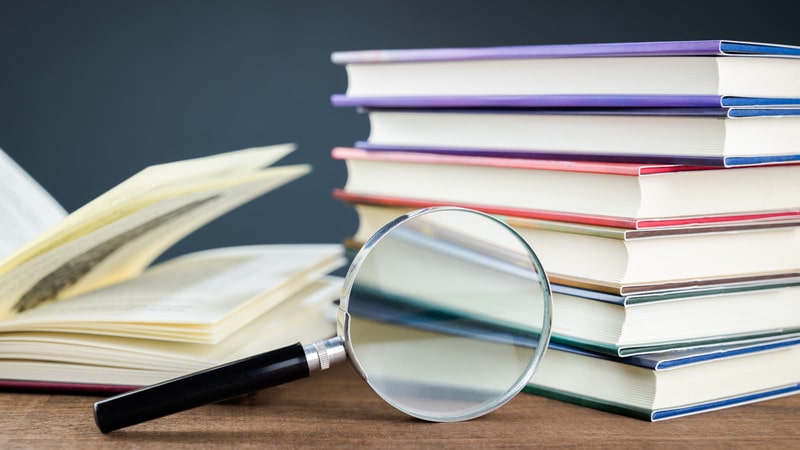Hey there, fellow book slayers and lit class warriors! Are you tired of frantically searching for essay hub promo code to help you dissect that classic novel or contemporary piece for your next lit class? Fear not! It’s time to become a literary analysis ninja capable of tackling any book thrown your way. This guide is your secret weapon to understanding and analyzing literature like a pro.
So, grab your favorite highlighter, find a cozy spot, and let’s try to make your lit class a walk in the literary park.
1. Cracking the Book Code
When you dive into a book for class, you want to go deep, not just skim the surface. Reading for analysis is a whole different ball game. You’re not just reading for the story; you’re reading to understand how the story is told.
Pay attention to the writing style – is it descriptive, straightforward, or maybe full of witty dialogue? Notice how the author uses language to set the mood or build tension. It’s like being a language detective, picking up on every clue the author leaves.
And hey, don’t forget to note down your own reactions and feelings as you read. Sometimes, your gut reaction to a scene or character can lead to awesome insights.
2. Getting Inside the Characters’ Heads
Characters in a book are like the friends (or enemies) you haven’t met yet. To really understand them, you’ve got to get into their heads. Look at their actions, their words, and even their thoughts if you’re privy to them.
Are they brave, scared, or a mix of both? What’s driving them – love, revenge, fear?
Also, think about their development throughout the story. Like, does the shy character become a hero, or does the bully show a softer side?
Each character is a piece of the puzzle, and your job is to see how they fit into the bigger picture of the narrative.
3. Immersing in the Story’s World
Think of the setting as a time machine that takes you to different worlds. Is the story set in a bustling modern city or a remote, mystical land? Each place has its own vibe and plays a key role in shaping the characters’ lives.
The atmosphere is the mood music of the book. Is it dark and eerie, light and hopeful, or a mix of both?
How does the setting make you feel as you read? Does it remind you of a place you know or take you somewhere you’ve never been? All of it helps you understand the story’s tone and themes.
4. Piecing Together the Story Puzzle
Every story has its bones – the plot and structure. They’re what keep the story standing.
The plot is the sequence of events that unfold in the story. It’s like a roadmap taking you from point A to point B. When you’re reading, look out for the key events – the conflicts, the climax, and the resolution. Think about how these events are connected. Are there twists that catch you off-guard? Moments that make you hold your breath?
Then there’s the structure, the architecture of the story. Some books follow a straightforward path – beginning, middle, end. Others might jump back and forth in time or switch between different characters’ perspectives. Once you get the structure, you can see the story’s big picture.
5. Getting to the Story’s Heartbeat
Themes and symbols in a book are like Easter eggs in a video game – hidden goodies that add layers to the story.
Themes are the big, universal ideas the book is exploring. They could be about love, power, freedom, identity – you name it. To spot them, look for recurring ideas or issues that keep popping up. Maybe the story keeps coming back to the idea of family or the concept of heroism.
Symbols, on the other hand, are like secret codes. They’re objects, characters, or even colors that represent something more than their literal meaning. A storm might symbolize chaos, a bird could represent freedom, or a color might reflect a character’s emotions. Each symbol can give you a deeper insight into the story’s underlying messages.
6. Spinning Your Own Story Web
Now, let’s talk about putting on your thinking cap. When you analyze a book, it’s not just about what the author might be saying; it’s about what the story says to you. Your background, beliefs, and experiences color how you interpret the story. Maybe a character’s journey reminds you of your own, or a theme resonates with something you’re passionate about.
This is where you get to weave your own thoughts into the story’s fabric. Ask yourself questions like, “Why did this part stand out to me?” or “Do I agree with the characters’ decisions?” There’s no right or wrong here. It’s all about your perspective and your analysis.
Becoming a Literary Guru
And there you have it – your ultimate guide to slaying any book analysis. Remember, analyzing literature is like piecing together a puzzle. It’s about looking at all the elements of the story and understanding how they work together to create something amazing.
So, next time you’re in lit class, armed with your insights and interpretations, you’ll be ready to wow your peers and teachers alike. Dive into those pages, think critically, and most importantly, enjoy the journey through each story.




